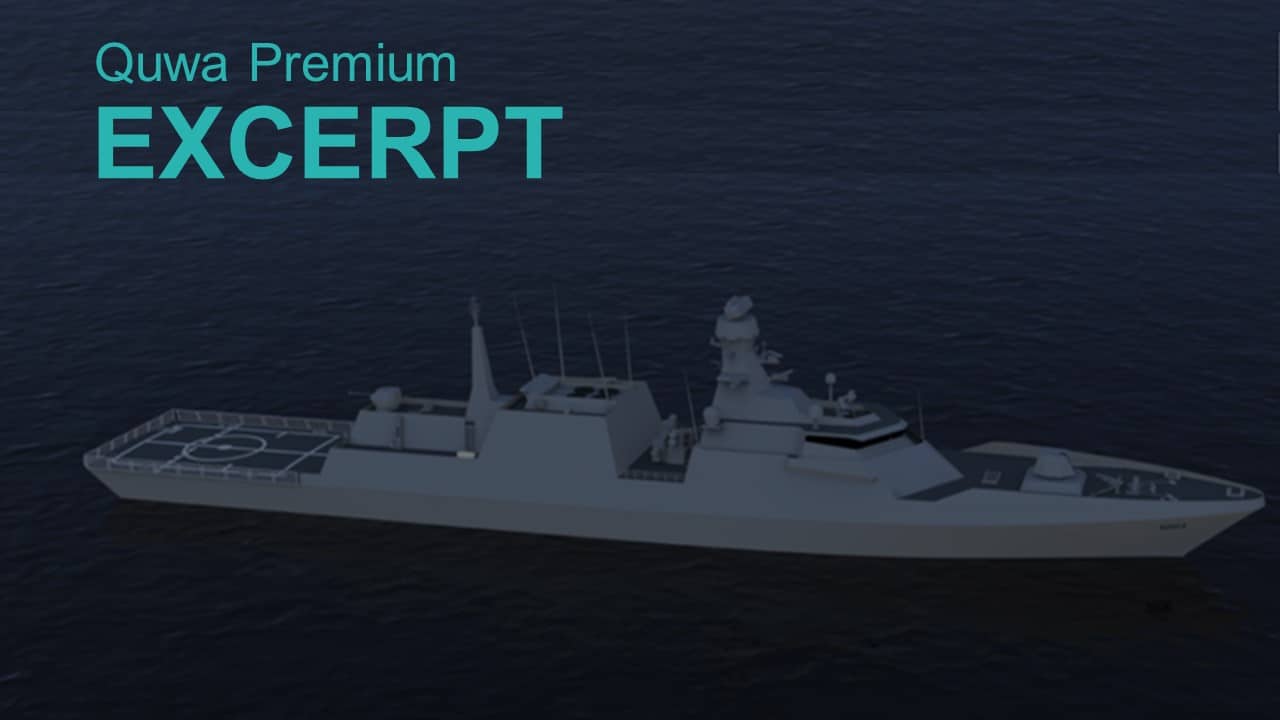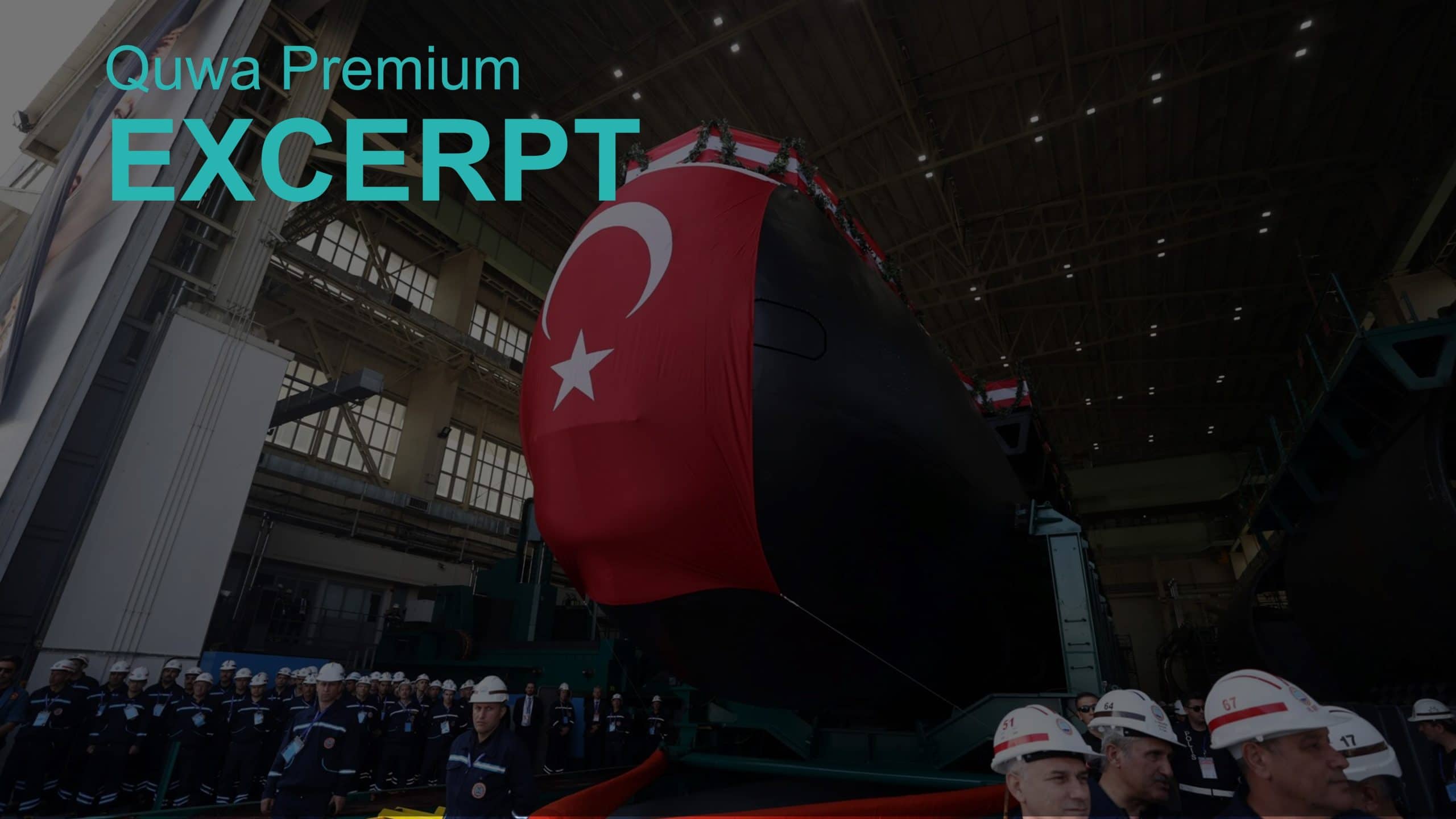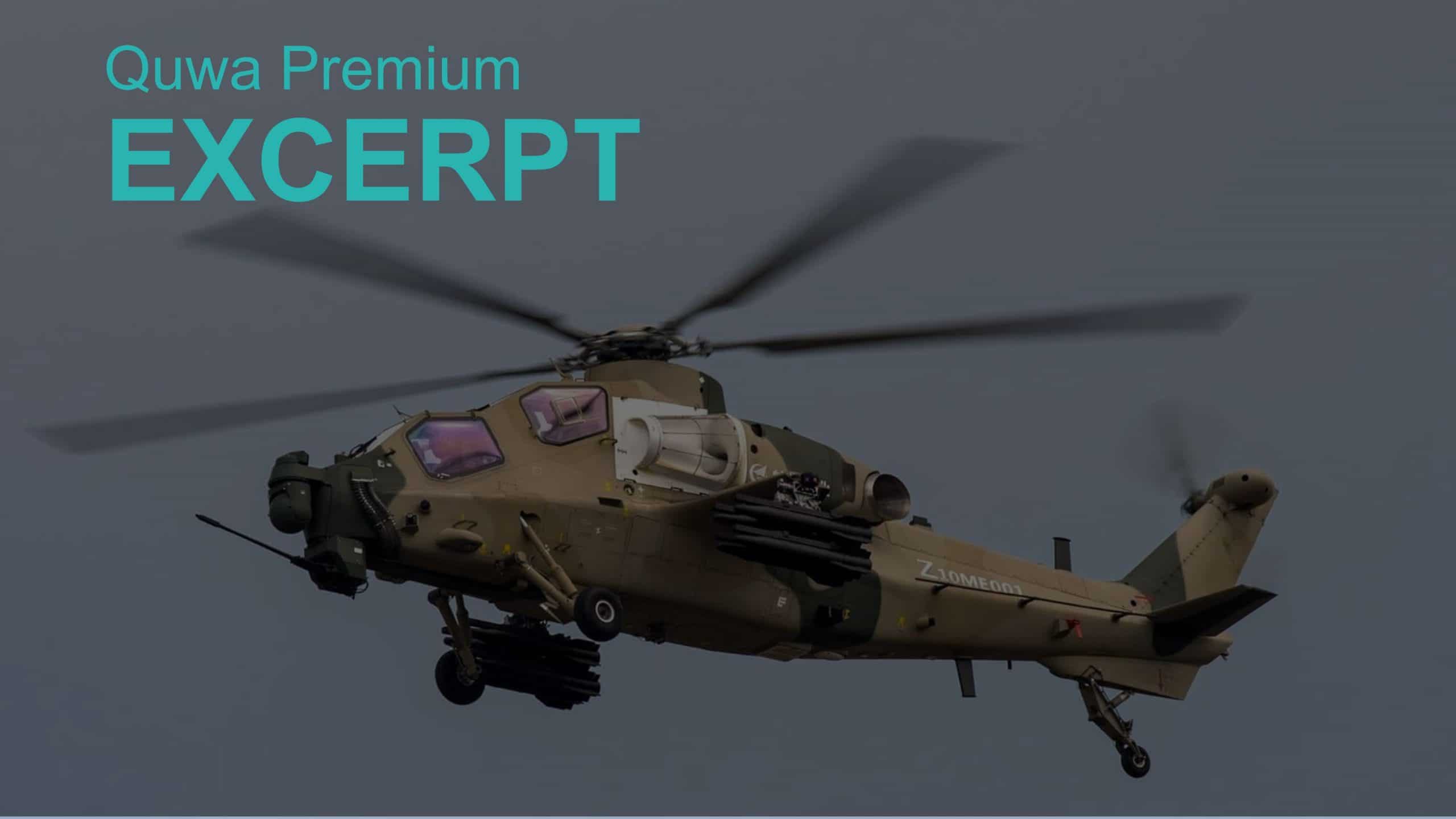1975Views

Turkey’s STM Showcases New MILGEM Ada Corvette Variant
In June, Turkey’s Savunma Teknolojileri Mühendislik unveiled its proposal for the Brazilian Navy’s corvette program, i.e. the Tamandaré Class Corvette (CCT). In partnership with the Brazilian companies Estaleiro BrasFELS Ltda., Fundação Ezute, Omnisys Engenharia Ltda as well as Western Europe’s Thales, STM is now offering a modified variant of the MILGEM Ada corvette.
STM is competing with a wide range of vendors, including BAE Systems, ThyssenKrupp Marine Systems (TKMS), Damen Shipyards, Naval Group and others, all of whom have partnered with Brazilian suppliers to bring the CCT to fruition.[1] Brazil will spend $1.6 billion US on four new ships, the first is due from 2021.[2]
In contrast to the standard MILGEM Ada, STM’s CCT proposal incorporates a vertical launch system (VLS) in the bow. The Brazilian Navy required a VLS system in the bid, one that can deploy the MBDA Sea-Ceptor (i.e. Common Anti-Air Modular Missile) short-to-medium-range surface-to-air missile (SAM) system.[3] The principal anti-air warfare (AAW) element of the standard Ada centers on one aft-mounted RIM-116 Rolling Airframe Missile (RAM) point defence missile system (PDMS), which offers a range of 9 km.[4]
STM’s CCT proposal also includes other design changes, namely halving the Ada’s anti-ship missile (AShM) load from a two quad-cell (2×4) load-out to two dual-cell (2×2) cannisters. In addition, STM swapped-out the RAM PDMS with an aft-mounted close-in-weapon-systems (CIWS), possibly the Rheinmetall Oerlikon Millennium Gun. Interestingly, the STM has essentially supplanted the Ada’s US-origin munitions with an assortment of commercially-available Western European and/or Brazilian alternatives.
Finally, STM has also altered the Ada’s superstructure. The most noticeable changes include a composite frame in front of the bridge area (behind the VLS) as well as a shortened mid-section. The CCT also has a heavier displacement (2,970 tons vs. 2,300 tons) and longer hull (103.4 m vs. 99.5 m) than the Ada.[5] [6] With Thales as the principal electronics partner, the STM CCT’s main air and surface surveillance radar, combat management system (CMS) and other onboard sensors and electronics are likely from Thales.
The CCT is the second MILGEM variant STM has offered to the Latin American market. In December 2017, STM offered the CF3500 to the Colombian Navy for the Plataforma Estratégica de Superficie (PES) bid. In addition to a displacement of 3,500 tons, STM retained the Ada’s superstructure aesthetics in the CF3500, but the CF3500 was the largest of the MILGEM designs. Interestingly, STM did not load as many munitions to the CF3500 as it had for the I-Class, another MILGEM frigate variant (i.e. the I-Class is slated to carry as many as 16 subsonic AShM while the CF3500 kept the Ada’s 2×4 configuration). The CF3500 was also the largest (in terms of displacement) in the MILGEM family.
Despite the clear aesthetic similarities, the CF3500 was likely a major redesign (akin to the I-Class) than a scaled-up or modified Ada. However, STM’s CCT proposal appears to be a ‘horizontal’ modification of the Ada than a major redesign. This idea is important because if the CCT’s changes primarily affect the Ada’s superstructure and non-hull or keel foundations, then it could negate the need for as many structural and design tests and certifications (to determine the center-of-gravity, floatation, etc).
In other words, the STM CCT could be a relatively affordable or cost-effective change from the standard-fare Ada. If so, the Pakistan Navy (PN), which is (or at least was with the Turkish Undersecretary of Defence Industries claiming in May 2018 that a deal will be reached) negotiating for the MILGEM Ada could possess an alternative VLS-equipped corvette option based on the same platform.[7] Despite its limitations, the VLS-equipped MILGEM Ada could be an effective workhorse platform for the PN.
MILGEM: Design Modification vs. New Design
Simply, a modified Ada design would be less costly than a new MILGEM variant (such as the CF3500 or the I-Class frigates). The clearest sign of a design modification in the CCT (instead of a new design) is that the CCT has evident signs of trade-offs compared to the Ada. For example, while the CCT has VLS-based AAW capabilities, STM had halved the AShM load from eight missiles to four. This is a capability reduction, albeit from a payload standpoint – the CCT still has anti-ship warfare (AShW) capabilities, just less than the Ada.
Granted, it is not clear if the trade-off was out-of-necessity. In fact, the Brazilian Navy’s generic mock-ups of the CCT also show an allotment for only four AShMs. On the other hand, the CCT’s mid-ship section (i.e. where the AShMs are located) does seem to be smaller than the Ada. If this is the case, it would not be at all surprising: the bow-mounted VLS has added weight to the front, so STM would have had to shift more of the ship (e.g. bridge, mess, etc) to the center in order to retain the center-of-gravity (COG).
In terms of the VLS, the CCT likely has space for the MBDA SYLVER, i.e. the deployment system of MBDA’s SeaCeptor SAM. It appears that the CCT can sustain an eight-cell VLS, but as the SeaCeptor can be ‘quad-packed’ the CCT should maintain a respectable short-to-medium AAW coverage via 32 deployable SAMs.
Brazil’s budget for the CCT – i.e. $1.6 billion US – would place the cost of each CCT at $400 million US. This is a markedly higher price-point than the estimated $250 million US Pakistan is to spend on its MILGEMs.[8] However, it is likely that a significant driver of the CCT’s price-point is the Brazil’s decision to source the MBDA SeaCeptor, which is not only a new AAW solution (i.e. with limited scale thus far) but also an import from the European Union and the United Kingdom. Furthermore, the CCT appears to have a deeper level of transfer-of-technology (ToT) and Brazilian industrial engagement, which could involve various overhead costs in the form of infrastructure, training and related imports or local development.
Monthly Report: Why the MILGEM Ada? (Quwa Premium)
Quwa’s detailed analysis of why the Pakistan Navy is seeking the MILGEM Ada corvette in its anti-submarine warfare (ASW)-optimized form instead of an anti-air warfare (AAW)-capable multi-mission asset | Read More
Could Pakistan Get a MILGEM Ada with VLS?
Undoubtedly, the CCT is costlier than the Ada, but not necessarily by a margin of $150 m per ship. On the other hand, the Type 054A frigate (a larger design with immediately greater AShW and AAW capabilities as well as room for upgrades) could have cost the PN $350 to $400 m per ship…
End of Excerpt (1,075/2,351 words)
The full article is available to Quwa Premium subscribers here.
[1] “Brazilian Navy Receives Nine Commercial Proposals for its Tamandaré Class Corvette Project.” DefPost. 19 June 2018. URL: https://defpost.com/brazilian-navy-receives-nine-commercial-proposals-tamandare-class-corvette-project/ (Last Accessed: 22 June 2018).
[2] “Brazil issues request for proposals for Tamandaré-class corvettes.” Naval Today. 21 December 2017. URL: https://navaltoday.com/2017/12/21/brazil-issues-request-for-proposals-for-tamandare-class-corvettes/ (Last Accessed: 22 June 2018).
[3] Ibid.
[4] Promotional Material. “MILGEM Corvette.” Delta Marine. URL: http://www.deltamarine.com.tr/pdf/products/Naval%20Ships/Naval_Ships_Portfolio_Delta_Web.pdf (Last Accessed: 22 June 2018).
[5] Delta Marine
[6] DefPost. June 2018.
[7] Interview with Dr. İsmail Demir, Undersecretary of Defence Industries (SSM). 09 May 2018. Statements are in Turkish. URL: https://youtu.be/oAYODDYJJGA?t=6m30s (Last Accessed: 13 May 2018).
[8] Göksel Yıldırım. “MILGEM’s $1 billion export journey”. Anadolu Agency. 11 May 2017. URL: https://aa.com.tr/tr/ekonomi/milgemin-1-milyar-dolarlik-ihracat-yolculugu/815910 (Last Accessed: 15 March 2018).


